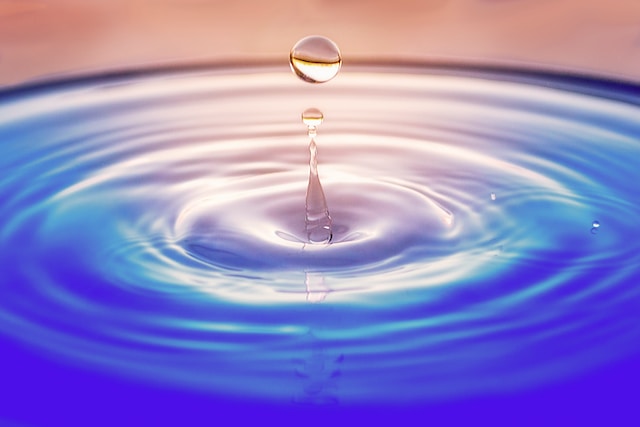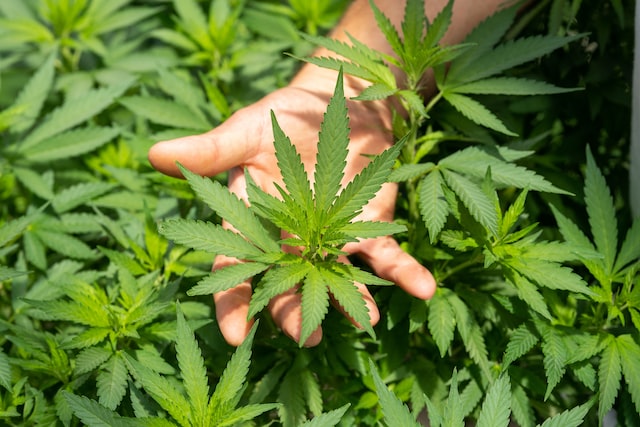As we work toward becoming more water-resilient, what roles can desalination and wastewater recycling play?
The impact that climate change has on the world’s water supply is complex. Rising temperatures can drastically change precipitation patterns and the global water cycle, and the results go beyond warmer weather, high evaporation, and drought. Other impacts — including flooding, wildfires, and sea-level rise — can affect the water supply, leading to water scarcity or a decline in water quality that can affect drinking water availability and food production.
In order to adapt to climate change, it is important that we focus on becoming more resilient to drought and water scarcity by tapping into alternative water sources, for example, seawater, brackish water, and wastewater.
Climate Change Effect #1: Circulation Patterns Change Water Availability
Climate change is already causing water scarcity in many parts of the world due to prolonged droughts and extreme flooding. Warmer temperatures cause more water to evaporate, leading to higher levels of water vapor in the atmosphere, and more frequent and more intense rainfall events. Because air temperatures and circulation patterns are changing, where precipitation falls is also shifting. As a result, some areas are expected to become drier, while others are likely to become wetter.
These shifts in precipitation patterns may exacerbate the challenges of water scarcity and availability, as some regions experience a decrease in water supply and others face an increased risk of floods and water-related hazards.
Prolonged droughts can lead to depleted water sources, reduced agricultural productivity, and impacts on ecosystems. On the other hand, extreme rainfall events can overwhelm existing infrastructure, cause flash floods, and result in water contamination.
This unpredictability and the uneven distribution of precipitation highlight the urgent need for adaptive water management strategies, sustainable water infrastructure, and coordinated efforts on a global scale to ensure equitable access to clean water resources for all.
Climate Change Effect #2: Snow Melts Leads to Saltwater Intrusion
As the atmosphere and oceans warm up, glaciers around the world are beginning to melt. This not only is resulting in a loss of an important store of fresh water, but it is also causing sea levels to rise, making it easier for saltwater to penetrate coastal aquifers. This process, known as saltwater intrusion, causes freshwater aquifers to become brackish.
The saving grace is that like seawater, brackish water can be made potable with desalination treatment using reverse osmosis (RO). Seawater reverse osmosis (SWRO) and brackish water reverse osmosis (BWRO) can provide a lifeline for water-scarce regions.
Climate Change Effect #3: Flooding Leads to Water Contamination
While extreme heat and evaporation can lead to droughts and water scarcity in one region, another region may experience extreme flooding. Heavy floods can cause soil, silt, fertilizers, pesticides, and other contaminants to wash into waterways, polluting freshwater systems and reducing water quality. Fertilizers, for example, can promote the growth of aquatic plants and algae, fueling harmful algal blooms that are occurring more frequently as the climate changes.
Algal blooms restrict sunlight from penetrating below the surface of the water and reduce oxygen levels in the water column. Toxic algal blooms can cause mass die-offs of aquatic life and can pose a health risk to humans who are exposed to the toxins by eating contaminated fish or shellfish or by ingesting contaminated water. Because toxic algal blooms can survive some water treatment processes, they can contaminate drinking water, rendering it unsafe for human consumption. Algal blooms can also negatively impact industries including fisheries, tourism, and related businesses.
Climate Change Effect #4: Wildfires Harm Water Quality
Hot and dry conditions are conducive to wildfires, which also impact water quality. When vegetation burns, ash and other pollutants can settle on rivers, lakes, and reservoirs, contaminating the water. When vegetation is burned away, there is no longer anything to hold the soil in place or to retain water when it rains. Consequently, ash, sediments, nutrients, and other natural and manmade contaminants are washed away during rainstorms, ultimately ending up in downstream freshwater systems and reservoirs. This lack of vegetation can result in erosion and can create conditions that are conducive to flooding, leading to polluted water supplies that can be expensive to remediate.
The Need for a More Sustainable Future for Water
The impacts of climate change on water supply are multifaceted and require our attention to ensure a sustainable future. Rising temperatures, shifts in precipitation patterns, sea-level rise, droughts, floods, and wildfires all contribute to water scarcity and water quality concerns. To address these challenges, it is crucial to build resilience by exploring alternative water sources.
By tapping into nontraditional sources like desalination and water reuse, we can mitigate the effects of water scarcity and ensure a reliable supply of safe drinking water. Additionally, efforts should be focused on preventing water contamination from flooding, algal blooms, and wildfire runoff, as these events can severely impact water quality and pose risks to human health and ecosystems. Through proactive measures and sustainable water management strategies, we can adapt to the changing climate, protect our water resources, and secure a sustainable future for generations to come.







